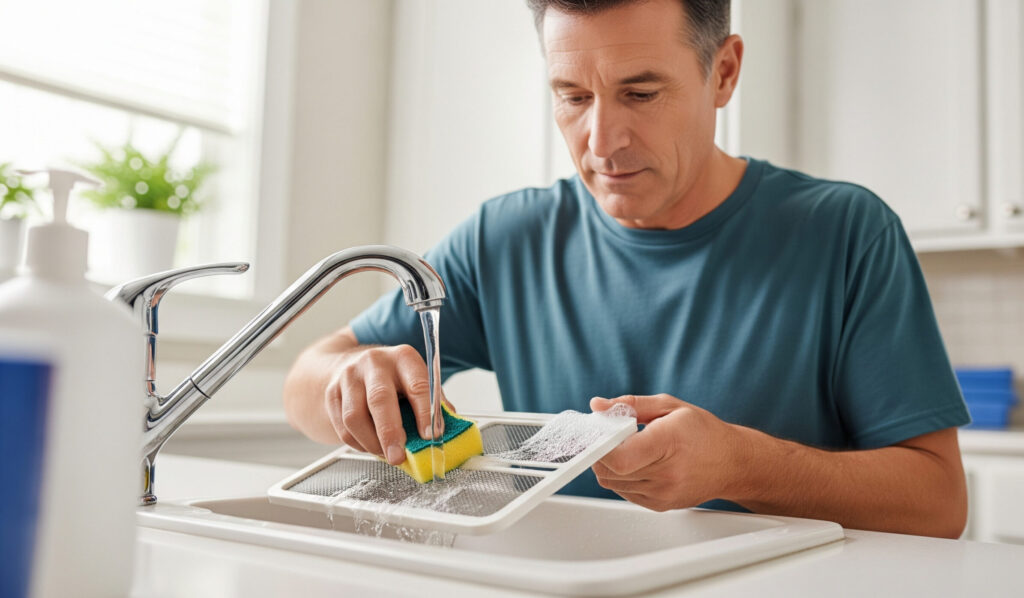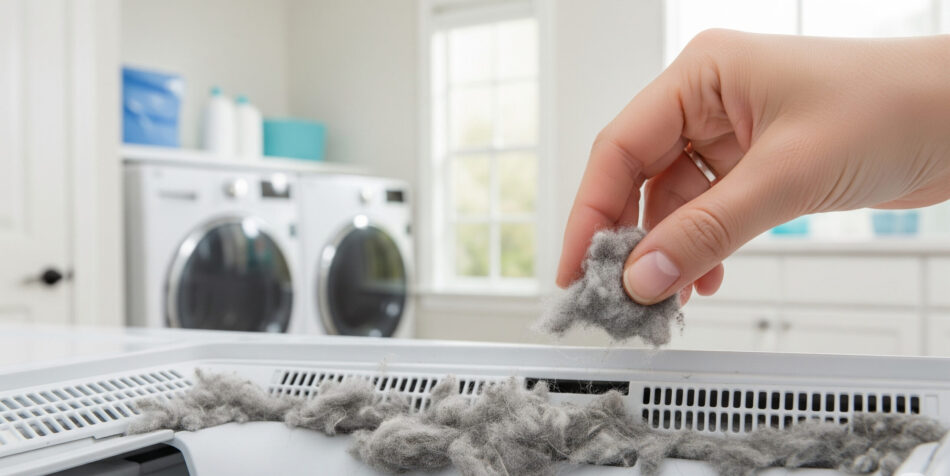Living in Houston means you’re no stranger to heat, humidity, and the constant need to keep your home in tip-top shape. With unpredictable weather and lots of laundry, having a dryer that runs efficiently is a must. If you’ve ever worried about your dryer working overtime or even becoming a fire hazard, you’re not alone—these concerns make Houston Dryer Vent Cleaning services so important. But before you call in the pros, there’s one simple habit every Houstonian should master: cleaning the dryer lint trap.
Why Does the Lint Trap Matter So Much?
It might seem like a tiny detail, but the lint trap is your dryer’s first line of defense against clogs, overheating, and even fires. Every time you dry a load, stray fibers, dust, and pet hair end up in the trap. If you let that fuzz build up, your dryer will have to work harder—and your energy bill might grow along with the risk of a dangerous accident.
A clogged lint screen is a major contributor to dryer fires around the country, according to dryer manufacturers and safety experts. In a city like Houston, where summer heat can turn a laundry room into a sauna, neglecting this simple step is a gamble you don’t want to take.
Step-by-Step: Cleaning Your Dryer Lint Trap

If you’ve never cleaned your lint screen beyond a casual swipe, don’t worry! Here’s how to do it right. Before you start, make sure your dryer is off and cool to the touch.
- Find the Lint Trap: The lint screen is typically located on top of the dryer or just inside the door. Slide it out gently.
- Remove the Lint: Use your fingers to peel off the gray fuzz. Try to get every bit—lint loves to cling! A gentle brush can be useful if it’s difficult to remove.
- Wash the Screen: Once a month, give the screen a rinse with warm, soapy water. This removes any residue from dryer sheets or fabric softener that can make lint stick. Before replacing the screen, make sure it is completely dry.
- Clean the Slot: Vacuum or gently wipe the slot where the lint trap sits. Dust and hair can sneak past the screen and collect here, waiting to cause trouble.
Making this a habit keeps your dryer running smoothly and reduces the need for professional dryer maintenance, one of the most overlooked aspects of dryer vent care.
How Often Should You Clean It?
If you do laundry daily, you’ll want to clear the lint trap after every cycle. For less frequent use, at least once a week is a good goal. Here’s a quick table to help you decide how often to clean, based on your laundry habits:
| Number of Loads Per Week | Recommended Cleaning Frequency |
|---|---|
| 1–3 | After each use |
| 4–7 | After each use + monthly wash |
| 8 or more | After each use + weekly deep clean |
What Happens If You Skip It?
A neglected lint trap does more than just slow down your laundry day. Over time, it can lead to overheating, longer drying times, and even cause your dryer to break down. In Houston’s muggy environment, trapped moisture can also lead to mold and that funky “wet towel” smell nobody wants. Worst of all, a clogged trap can spark a dryer fire—something no homeowner wants to risk.
It’s not just about convenience; it’s about keeping your home and family safe. That’s why regular dryer vent cleaning goes hand-in-hand with lint trap care.
“A clean lint trap is the cheapest insurance you can buy for your home. Take two minutes now, and you could save yourself a world of trouble later.”
Houston-Specific Tips for Dryer Safety
Houston’s climate brings extra challenges. With high humidity and frequent storms, lint can clump faster and vents may become blocked more easily. If you have pets, their hair adds to the lint load. And if your laundry room is in the garage or near the kitchen, watch out for extra dust and crumbs that can sneak into the dryer.
Here are some local tips to keep things running safely:
- Check after rainstorms: Extra moisture can cause lint to cake up.
- Keep the area around your dryer clear: Dust and pet hair are everywhere—especially during Houston’s allergy season.
- Make an appointment for a yearly professional examination: Once a year, even the most skilled do-it-yourselfers should have the complete vent system inspected by a professional.
Conclusion: Keep It Simple, Keep It Safe
Ultimately, keeping your dryer lint trap clean is one of the easiest ways to protect your Houston home. It only takes a minute, but it can make all the difference in safety and efficiency. Make it a routine, teach your family to help, and don’t forget about professional Houston Dryer Vent Cleaning if you ever suspect a bigger problem. A little care goes a long way—so start today, and enjoy safer, faster drying for years to come.
Read More: Houston Dryer Vent Cleaning







